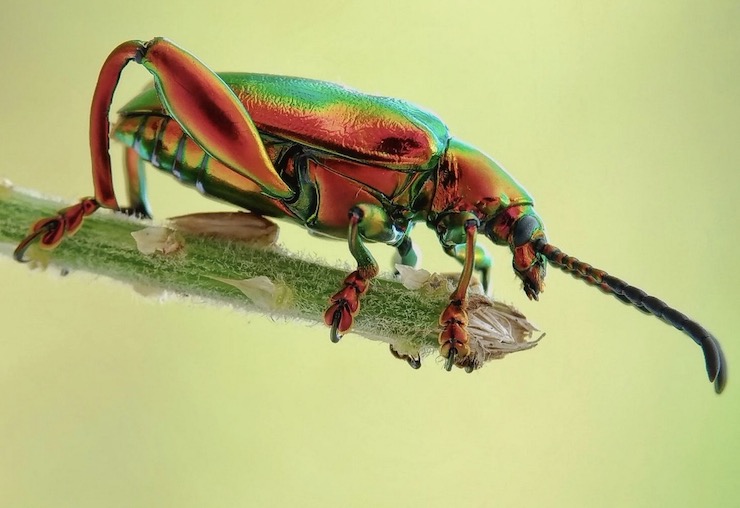Drone Collects DNA Samples in Trees to Learn More About Animal and Insect Life

Identifying humans based on their unique DNA signature is a widely recognized science. Less well known is the use of DNA to identify species of animals and insects. Conservationists have been collecting DNA animal and insect evidence based on water and soil samples for several years. But collecting samples on arboreal creatures living in tall trees has posed a bigger challenge because of the difficulty and safety risk involved with human field researchers scaling great heights safely.
That is until, a group of scientists Swiss Federal Institute of Technology in Zurich decided to design a custom drone that could do the job for them
In experiments conducted in Switzerland, a FIT team led by Stefano Mitchev used their drone to collect 14 samples from seven different tree species and identified eDNA – the “e” stands for environmental – from 21 animal species, including insects, mammals and birds.
The team’s drone collection technique was ingenious – but fairly simple. The drone is led to the tall branches of trees by a remote ground pilot. Once there, the drone’s own sensor technology guides the aircraft deeper into the tree while sticky patches attached to the side and bottom of the drone begin to collect the shells and droppings from resident tree dwellers. The drone can repeat this operation several times at various heights ; once enough samples are collected, the remote pilot guides the drone back down and the various items collected are sent to a lab for analysis.
The drone that the FIT team deploys is small and light – about 1.2 kilograms, or just 2.6 pounds – and comes equipped with a force sensor that can detect pressure from several directions and allows the drone to delicately maneuver inside the interior of trees without breaking the branches.
Sticky patches are useful for collecting some of the materials sought by the FIT team. But the drone also uses gauze soaked in a sugar-water solution to collect smaller loose particles, especially those associated with insects.
Mintchev says his current drone collection efforts are largely confined to the outer branches of a tree. The drone probes only a small distance inside the tree’s interior. His team is planning to develop a new drone that can probe deeper into the tree canopy to collect samples from additional species.
Mitchev says his drone sampling effort already marks a major advance in eDNA collection. “[Tall trees] are a hotspot for biodiversity but they’re not well understood because there’s this problem of accessibility: how to get there in order to get the samples,” he notes. “Of course, you can send a climber there. But you don’t necessarily always want to do that.”
With the FIT team’s new tree sampling drone, scientists can take their ground-level eDNA research to ever-increasing heights.
|